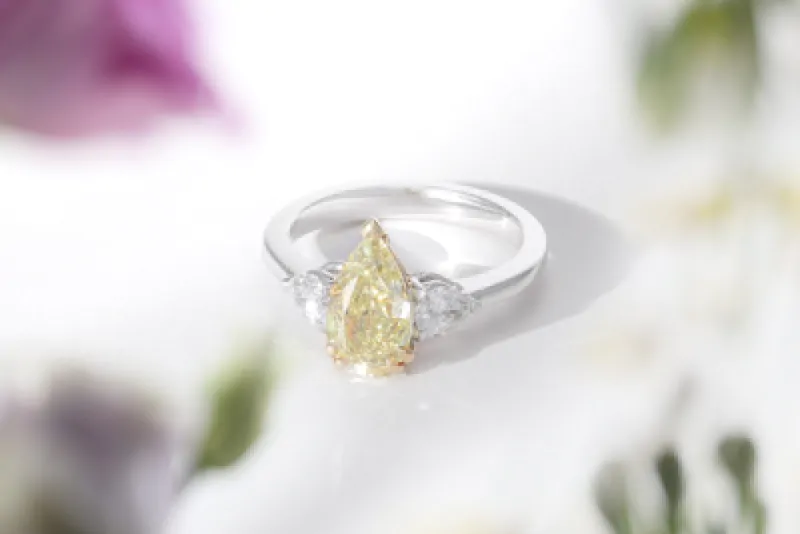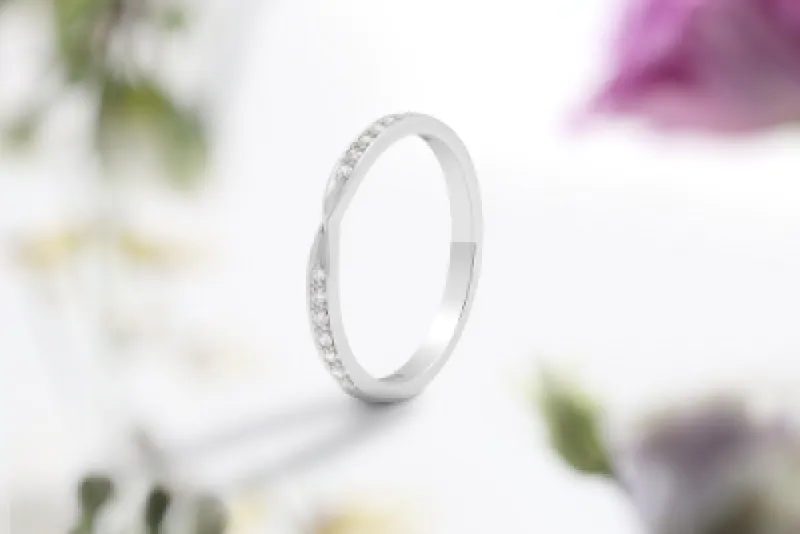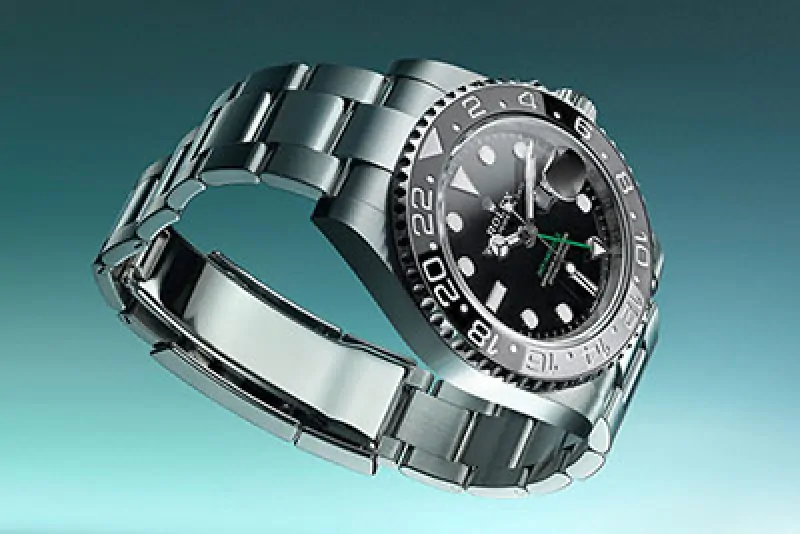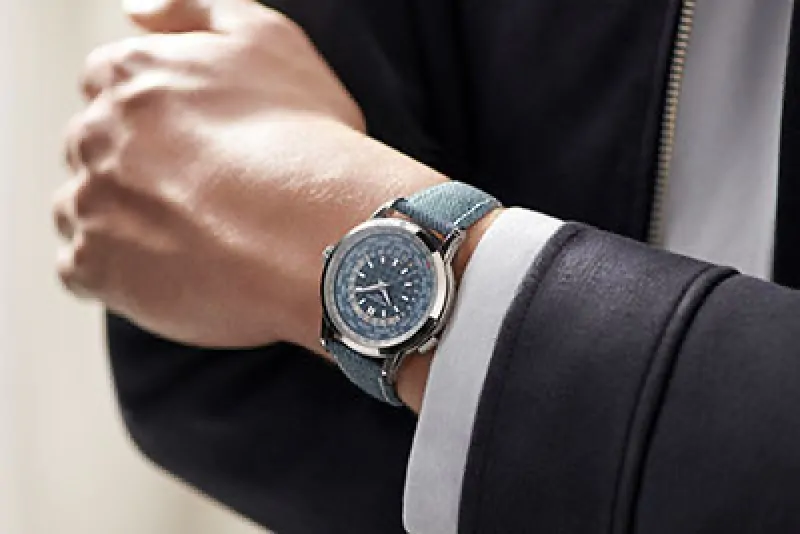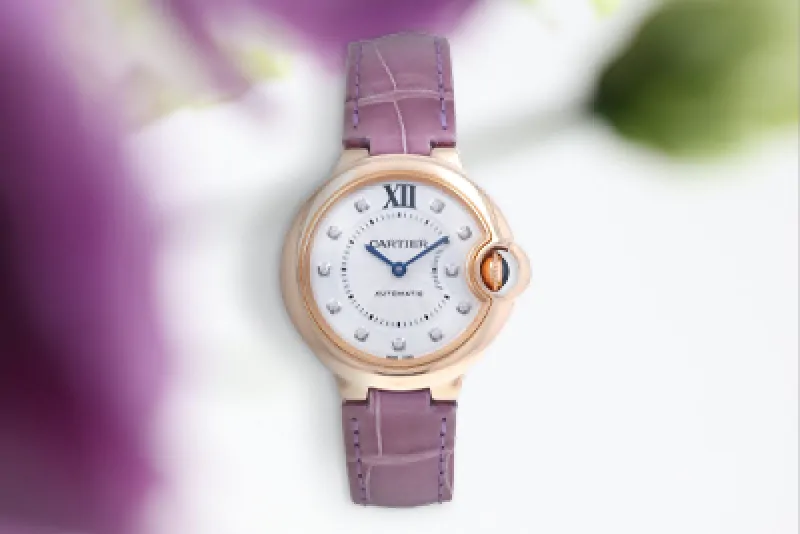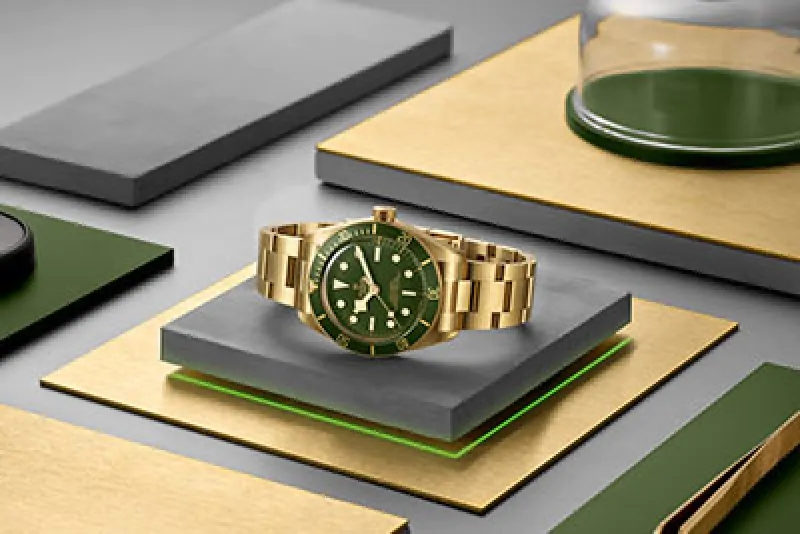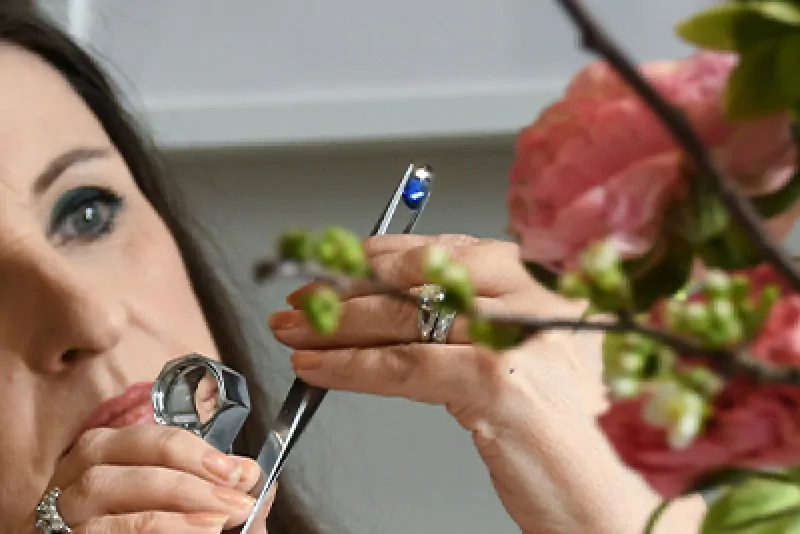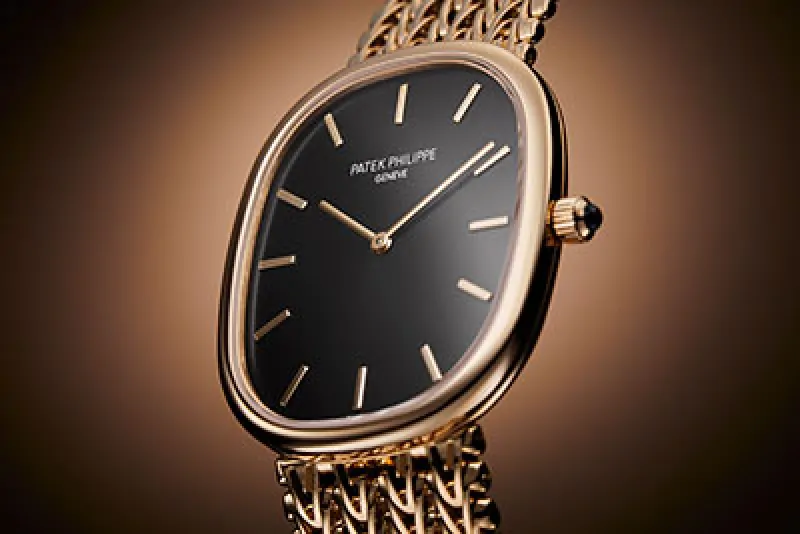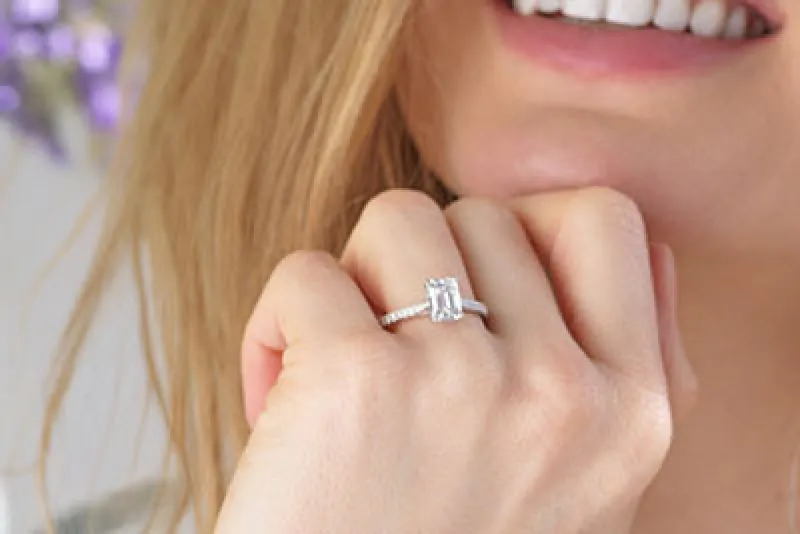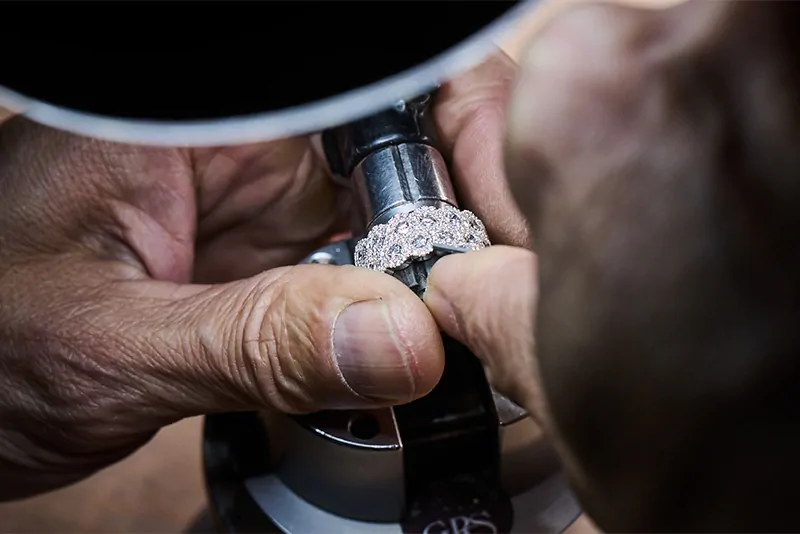The Laings Journal


Arguably the world’s best known and best loved watch brand, Rolex invented the first waterproof wrist watch, the Oyster, in 1926. It may have evolved over time, but the Oyster remains one of the most recognised and popular watches in existence, and has continued to drive the development of watchmaking technology.
Rolex’s founder, Hans Wildorf, believed that the wristwatch could be as indispensable and as reliable as the pocket watch. A key element to convincing the public was ensuring that the watch was waterproof. In 1926 Wildorf made history when he invented the revolutionary, patented case system which included a screw-down bezel, case back and winding crown which allowed the case to be hermetically sealed. A feature we now take for granted, the world’s first waterproof wristwatch was born.
To demonstrate and publicise this new invention, Wildorf equipped a young woman on a 10 hour swim across the English Channel, from which the watch came out in perfect working order, and the Oyster quickly became legendary.
The fluted bezel, now a popular and iconic design feature, was actually created for a functional purpose – allowing it to be screwed into the centre of the case using a special tool. Although it is no longer assembled in this way, the fluted design endures.
But being waterproof wasn’t quite enough to make the wristwatch the essential item that Wildorf believed it could be. If the crown had to be constantly unscrewed to wind the watch’s mechanism, there was a risk of the water resistance becoming compromised. So in 1931 Rolex introduced the world’s first self-winding mechanism with a free rotor - the Perpetual rotor - and the Oyster Perpetual heralded a new era of convenience and functionality.
In the 1930s the now iconic Rolex crown was introduced as a symbol of excellence and began to feature on the dial and later the crown. In 1945 the Oyster Perpetual Datejust became the first ever self-winding wristwatch with date indicator, and the matching Jubilee bracelet was launched in celebration.
The Oyster Perpetual Day-Date arrived in 1956, and with it the innovative Cyclops lens, incorporated into the sapphire crystal to magnify the date.
The Rolex Oyster Perpetual not only became the watch worn by the most influential people, it was also put to the test in the most extreme situations. Sir Malcolm Campbell wore one while breaking land speed records in Bluebell in 1935, as did the first pilot to break the sound barrier in 1947.
Sir Edmund Hillary wore an Oyster Perpetual on the first ever summit of Everest in 1953, and this extraordinary feat began a series of Professional models, the first of which was the Oyster Perpetual Explorer, based on the model Hillary wore on Everest. The Oyster Perpetual Submariner was created for divers and capable of surviving depths of 200 metres, while the Oyster Perpetual GMT-Master was created for airline pilots and indicated the time in different time-zones. The Oyster Perpetual Milgauss was created in 1956 for scientists at CERN to resist magnetic fields.
Testing limits again, in 1960 an experimental Deep Sea Special was attached to the outside of the bathyscaphe Trieste as it was piloted to the bottom of the Mariana Trench and a record depth of 10,916 metres, surviving pressure of greater than one tonne per square metre. In 1967 the Oyster Perpetual Sea-Dweller was launched to meet the needs of professional deep-sea divers, capable of reaching depths of 610 metres thanks to its patented helium escape valve (a feat repeated in 2012 by film-maker James Cameron).
The Oyster Perpetual models continued to evolve and grow over time, with the Explorer II in 1971, the Sea-Dweller 4000 in 1978, and the GMT-Master II in 1982. They Yacht-Master and the Pearlmaster joined the collection in 1992.
In the early 2000s a structural reorganisation allowed Rolex to take greater control over its production process, resulting in their first manufacture movement which contained the patented Parachrom hairspring. Made from niobium, zirconium and oxygen, it is ten times more shock resistant to traditional hairsprings and initially appeared in the Cosmograph Daytona launched in 2000, and has been gradually added to the full men’s collection. In 2014 Rolex indruced a silicon hairspring – Syloxi – offering the same level of precision in the ladies’ collection.
Other innovations have included the Cerachrom two-tone bezel which first appeared in the GMT-Master II in 2005, the paramagnetic escape wheel in the 2007 Milgauss, the programmable countdown function of the 2007 Yacht-Master II, and the patented Rolex Glidelock clasp on the bracelet of the Rolex Deapsea launched in 2008.
More new models followed in 2012 with the launch of the Oyster Perpetual Sky-Dweller and the annual calendar, Saros.
At Baselworld 2016 Rolex continued to impress the watch world with new versions of the Datejust, Pearlmaster and Explorer, as well as the hotly anticipated new Airking and Cosmograph Daytona. View the Rolex collection today
We are proud to have a long history with this truly iconic and groundbreaking brand. You can view our extensive collection in the beautiful Rolex rooms in our Edinburgh and Hampshire stores, or contact us to find out more.

